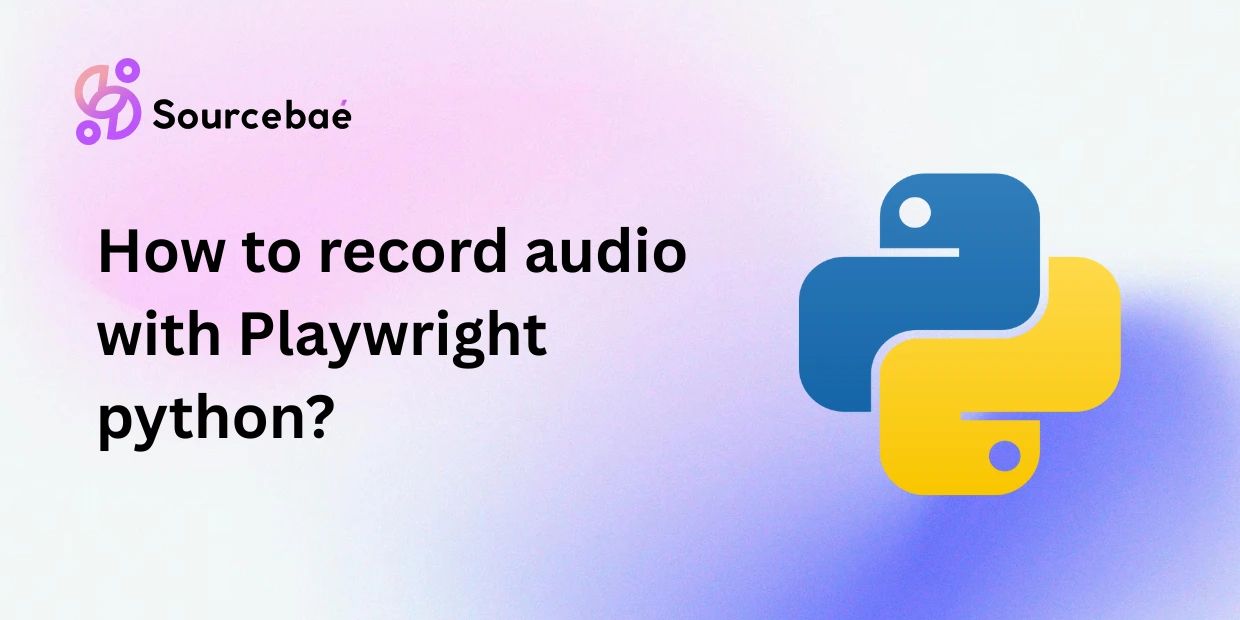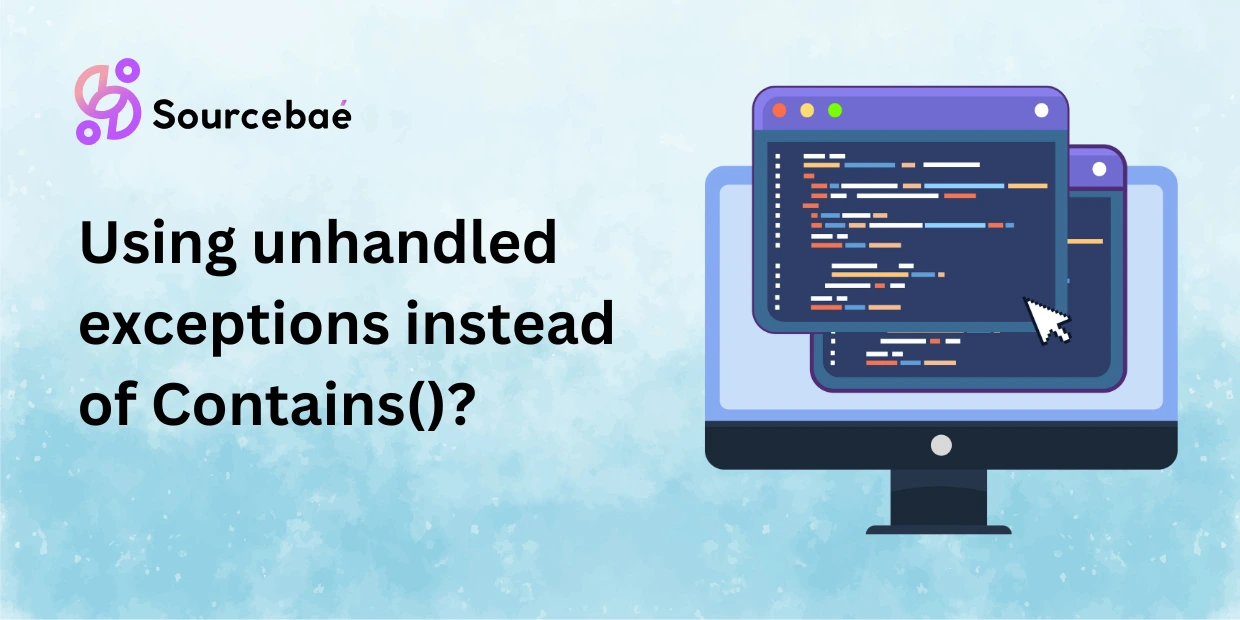Python has become one of the most popular programming languages due to its simplicity, versatility, and extensive library support. To create web applications in Python, developers often use the Model-View-Controller (MVC) architectural pattern. This article will take an in-depth look at how the Python MVC Framework works, providing you with insights and practical knowledge.
How Does the Python MVC Framework Work?
The Python MVC framework operates on the Model-View-Controller pattern, dividing an application into three interconnected components:
- Model: The Model represents the data and business logic of the application. It encapsulates data storage, retrieval, and manipulation. In Python, the Model often consists of classes that interact with databases or other data sources.
- View: The View is responsible for rendering the data and presenting it to the users. It displays the information in a user-friendly format. In Python, the View is typically built using HTML templates, CSS, and JavaScript.
- Controller: The Controller acts as an intermediary between the Model and the View. It receives user inputs from the View, processes them, and updates the Model accordingly. The Controller ensures that the View displays the most up-to-date information from the Model.
The MVC pattern promotes the separation of concerns, making the code more maintainable, scalable, and reusable.
The Components of the Python MVC Framework
Let’s delve deeper into each component of the Python MVC Framework:
Model
In the Model component, you define the application’s data structure and business logic. The Model represents the application’s state, and it is responsible for handling data-related operations. Some key points about the Model in Python MVC:
- It should be independent of both the View and the Controller.
- The Model defines the structure of the database tables or any other data source being used.
- Python frameworks like Django and Flask provide robust support for defining Models using object-relational mapping (ORM) techniques.
View
The View component is responsible for the presentation layer of the application. It receives data from the Model and displays it to the users in an understandable format. Here’s what you should know about the View:
- In Python MVC, the View is usually created using HTML templates.
- CSS (Cascading Style Sheets) are utilized to style the View and make it visually appealing.
- JavaScript may be used to add interactivity to the View, making it more user-friendly and responsive.
Controller
The Controller is the backbone of the Python MVC Framework. It handles user inputs and manages the communication between the Model and the View. Key aspects of the Controller include:
- It interprets user actions and triggers appropriate methods in the Model.
- The Controller receives data from the Model and sends it to the View for rendering.
- In Python, the Controller is implemented as a set of functions or classes responsible for handling HTTP requests.
Understanding the Flow of the Python MVC Framework
To grasp how the Python MVC Framework works, it’s crucial to understand the flow of interactions between its components. Here’s a step-by-step explanation:
- A user initiates an action by interacting with the View, such as clicking a button or submitting a form.
- The View captures this user action and sends it to the Controller.
- The Controller receives the user action and processes it. It then interacts with the Model to perform any required data operations.
- The Model processes the data and returns the results to the Controller.
- The Controller takes the data received from the Model and sends it to the View for rendering.
- The View displays the data to the user, completing the round-trip of information within the MVC architecture.
This flow ensures that changes made by the user are reflected in the Model and subsequently displayed in the View.
Advantages of Using the Python MVC Framework
The Python MVC Framework offers several benefits that contribute to the popularity of this architectural pattern. Let’s explore some of the advantages:
1. Modularity and Code Reusability
The MVC pattern promotes modularity by dividing the application into three distinct components. This separation of concerns allows developers to work on specific modules independently. Additionally, code reusability is enhanced as components can be reused in different projects.
2. Scalability
By keeping the data logic separate from the presentation, the MVC pattern allows for easy scalability. As the application grows, it is simpler to expand or modify individual components without affecting others.
3. Enhanced Collaboration
The division of responsibilities among developers for each component fosters better collaboration. Designers can focus on the View, developers on the Model and Controller, and database experts on the data storage.
4. Code Maintainability
With a clear separation of concerns, maintenance becomes more straightforward. Developers can locate and fix issues within specific components without affecting the entire application.
5. Improved Testing
The MVC architecture enables more effective testing. Each component can be tested independently, ensuring that the application functions as intended.
Implementing the Python MVC Framework with Django
One of the most popular Python web frameworks, Django, implements the MVC pattern. Django follows a slightly modified version called the Model-View-Template (MVT) pattern. The Template in Django corresponds to the View in the traditional MVC.
Django provides a high-level web application development environment that simplifies the creation of complex web applications. Here’s a brief overview of how to implement the Python MVC Framework using Django:
- Model: In Django, the Model is defined using Python classes, which inherit from
django.db.models.Model. These classes represent database tables and define fields and relationships. - View (Template): The View in Django is the Template, built using Django’s template engine. It uses HTML templates, which can include template tags and filters to render dynamic data.
- Controller (View): The Controller in Django is the View, responsible for handling user requests and returning appropriate responses. It interacts with Models to retrieve or modify data and renders templates to display the data.
By following this structure, developers can build robust web applications in Python using Django.
Frequently Asked Questions (FAQs)
How does the Python MVC Framework benefit web developers?
The Python MVC Framework benefits web developers in various ways. It promotes code organization, reusability, and collaboration, making development more efficient and maintainable. The separation of concerns ensures scalability and simplifies testing.
Can I use other Python frameworks besides Django to implement the MVC pattern?
Yes, Django is not the only option. Other Python frameworks like Flask and Pyramid also support the MVC pattern. Flask is a lightweight micro-framework, while Pyramid offers more flexibility for larger applications.
Is the MVC pattern suitable for all types of web applications?
While the MVC pattern is widely used and effective for many applications, it might not be the best fit for very simple projects with minimal data manipulation. In such cases, a simpler framework might be more appropriate.
Does using the Python MVC Framework affect application performance?
When implemented correctly, the Python MVC Framework has a minimal impact on application performance.
However, inefficient code or improper use of the framework can lead to performance issues.
Can I use JavaScript frameworks alongside the Python MVC Framework?
Yes, many developers use JavaScript frameworks like React or Vue.js alongside the Python MVC Framework. These JavaScript frameworks handle the View component, while Python manages the Model and Controller.
How can I keep my Python MVC application secure?
To ensure the security of your Python MVC application, follow best practices such as input validation, using prepared statements to prevent SQL injection, and implementing proper authentication and authorization mechanisms.
Conclusion
In conclusion, the Python MVC Framework is a powerful architectural pattern that enhances the development of web applications. By separating concerns into Model, View, and Controller components, Python developers can build scalable, maintainable, and efficient applications.
Popular frameworks like Django, Flask, and Pyramid provide excellent support for implementing the MVC pattern in Python. Remember to follow best practices, and you’ll be well on your way to creating robust and secure web applications using the Python MVC Framework.
Visit now: Hire Python developer






